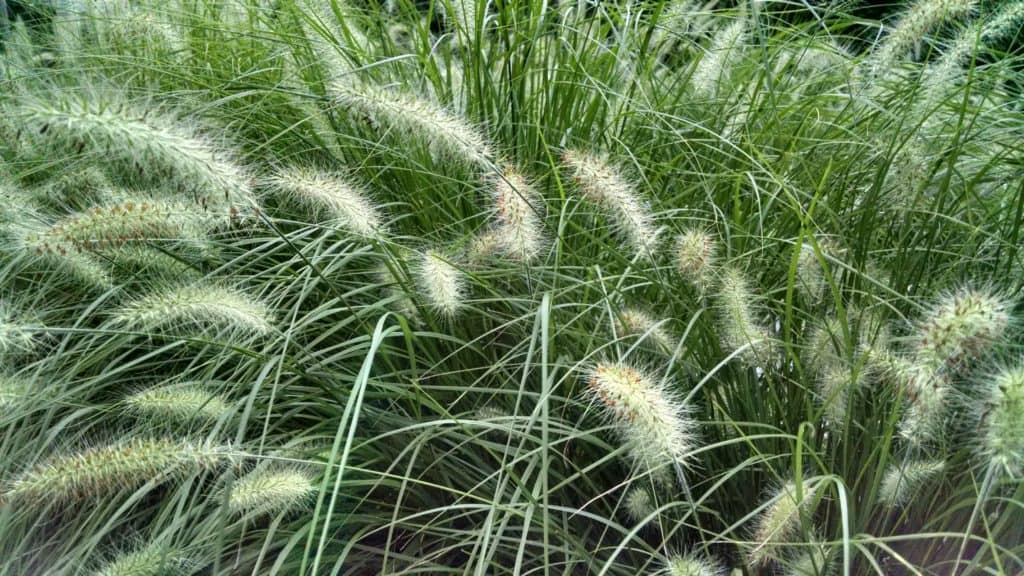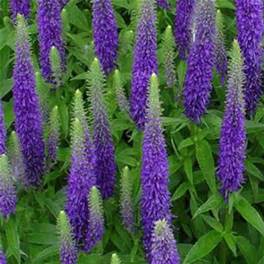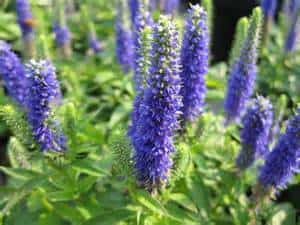Writhing and skulking beneath the ground, nature’s twisted spine heaved forth the soil, leaving cracks and fissures in its wake. The disturbed earth seemed at once alarmed yet relieved. Its needs communicated by the subterranean undulations. Water.
Since Summer’s official arrival, rainfall has been scarce. Lawns are beginning to brown and plants are starting to wilt and weep. Supplemental watering may be required, and the following best practices should be considered to strike a balance between healthy lawns/plants and efficient, cost-effective watering (i.e. conservation):
First and foremost, a decision must be made now regarding your lawn. When water is scarce and weather is hot and dry, lawns go dormant. It’s what they do. It’s a form of hibernation, a defense mechanism, if you will. Therefore, you must either decide to let the lawn go dormant or commit to watering. If you start watering, you must continue, at least until consistent rains arrive. Watering here and there actually does more damage than not watering at all. Here’s why.
Newly planted shrubs, perennials or trees should be carefully monitored. They are more susceptible than established plants and often suffer from leaf scorch during periods of hot, dry weather. They need about 1″ of water per week . Plain and simple.

Plants with deeper root systems, like Geraniums and many native plants, and prairie grasses require a longer soak and should be mulched to help maintain moisture. Roots make up about a 1/4 to a 1/3 of the total dry weight of a plant. Consider employing a soaker hose.
Trees too generally have deeper root systems, but they are more extensive and capable or reaching other water sources underground. Perennials and annuals aren’t as extensive and therefore require supplemental watering.
Plants close to the house or under eaves may require more watering as they are often sheltered from rainfall and miss out on much needed moisture.
Remove water competitors, like weeds, who are fighting for the same moisture your other plants and lawn need.
Watering should be done either early in the morning before temperatures rise and winds pick up, OR early in the evening. Keep in mind, foliage needs time to dry before nightfall, so do not wait until dusk and never water at night.
Never employ water from a hose that was left in the sun. Water temperatures inside a hot hose can potentially damage plants. Always store hoses in cool, shaded areas where optimal temperatures are maintained for watering.
Remember to follow the tips above for greater efficacy and efficiency. Not sure when or how much you should water or which method to employ? Contact Sweeney’s. We’re always here to help and happy to be a resource for all your lawn and gardening needs.
Plant of the Week
Veronica Royal Candles
Spiky blue flowers emerge amongst green, serrated foliage and blooms July – September. Prefers full sun and moist, well-drained soil. Grows 12-18″ high and 8-12″ wide and is quite compact. Attracts pollinators and is deer and rabbit resistant.
“Gardening requires lots of water – most of it in the form of perspiration.”
-Lou Erickson
Best wishes,
Kim Sweeney


